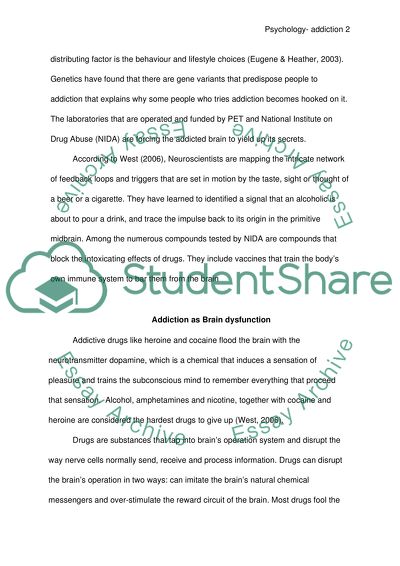Cite this document
(“Psychology Evaluate addiction in terms of brain dysfunction Essay”, n.d.)
Psychology Evaluate addiction in terms of brain dysfunction Essay. Retrieved from https://studentshare.org/miscellaneous/1526675-psychology-evaluate-addiction-in-terms-of-brain-dysfunction
Psychology Evaluate addiction in terms of brain dysfunction Essay. Retrieved from https://studentshare.org/miscellaneous/1526675-psychology-evaluate-addiction-in-terms-of-brain-dysfunction
(Psychology Evaluate Addiction in Terms of Brain Dysfunction Essay)
Psychology Evaluate Addiction in Terms of Brain Dysfunction Essay. https://studentshare.org/miscellaneous/1526675-psychology-evaluate-addiction-in-terms-of-brain-dysfunction.
Psychology Evaluate Addiction in Terms of Brain Dysfunction Essay. https://studentshare.org/miscellaneous/1526675-psychology-evaluate-addiction-in-terms-of-brain-dysfunction.
“Psychology Evaluate Addiction in Terms of Brain Dysfunction Essay”, n.d. https://studentshare.org/miscellaneous/1526675-psychology-evaluate-addiction-in-terms-of-brain-dysfunction.


